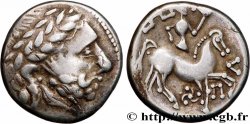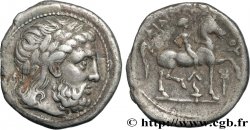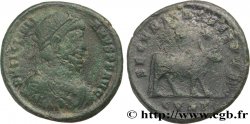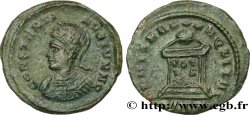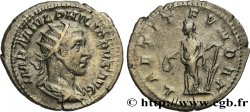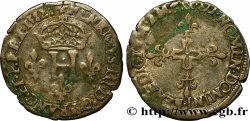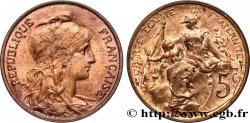bga_637966 - DANUBIAN CELTS - TETRADRACHMS IMITATIONS OF PHILIP II AND HIS SUCCESSORS Tétradrachme “au cavalier et à la couronne”
недоступный.
Товар уже продан в нашем интернет-магазине (2021)
Цена: : 750.00 €
Товар уже продан в нашем интернет-магазине (2021)
Цена: : 750.00 €
Тип Tétradrachme “au cavalier et à la couronne”
Дата: c. IIe-Ier siècles AC.
Металл: silver
Диаметр: 25 mm
Ориентация осей монеты: 9 h.
Вес: 12,94 g.
Редкость: R3
Slab

NGC :
Комментарии о состоянии
Exemplaire sur un flan parfaitement centré des deux côtés. Belle tête stylisée de Zeus au droit. Revers énigmatique. Belle patine de collection ancienne avec des reflets dorés
Ссылки в каталоге: :
Происхождение:
Exemplaire sous coque NGC XF (Strike 4/5 et Surface 4/5)
Лицевая сторона
Аверс: легенда: ANÉPIGRAPHE.
Аверс: описание: Tête barbare laurée et barbue de Zeus à droite, grènetis ; le visage est bombé et la barbe proéminente ; grènetis circulaire.
Обратная сторона
Реверс: легенда: ANÉPIGRAPHE.
Реверс: Описание: Cavalier nu au pas à droite, tenant une palme de la main droite ; derrière le cavalier, un oiseau ; un rameau sous le cheval.
Комментарий
La volute placée derrière le cavalier est en fait un oiseau et une déformation d’un casque à cimier ou les restes d’une couronne. En revanche, le type trouve bien son inspiration dans le monnayage de Philippe II de Macédoine après 348 avant J.-C. Le rameau placé sous le cheval est particulier et rappelle certains revers de Philippe II.
The scroll behind the rider is actually a bird and a distortion of a crested helmet or the remains of a crown. On the other hand, the type does find its inspiration in the coinage of Philip II of Macedon after 348 BC. The branch placed under the horse is unusual and recalls certain reverses of Philip II
The scroll behind the rider is actually a bird and a distortion of a crested helmet or the remains of a crown. On the other hand, the type does find its inspiration in the coinage of Philip II of Macedon after 348 BC. The branch placed under the horse is unusual and recalls certain reverses of Philip II







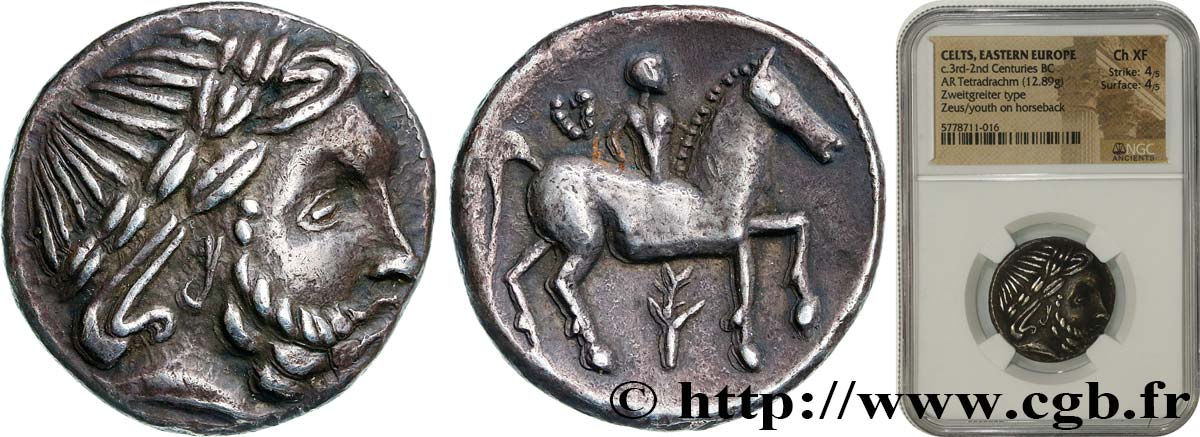
 Cообщить об ошибке
Cообщить об ошибке Распечатать страницу
Распечатать страницу Отправить мой выбор
Отправить мой выбор Задать вопрос
Задать вопрос Consign / sell
Consign / sell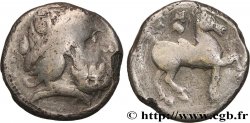
 Информация
Информация